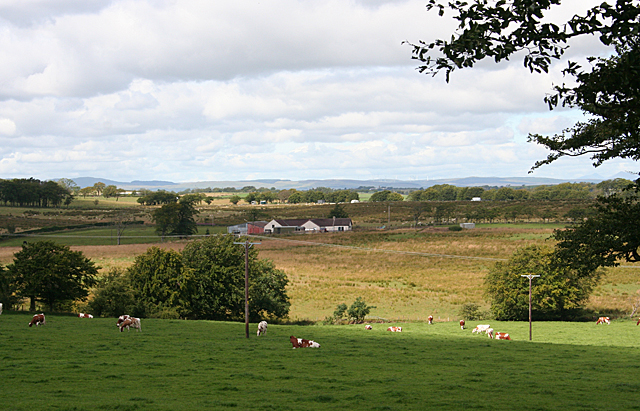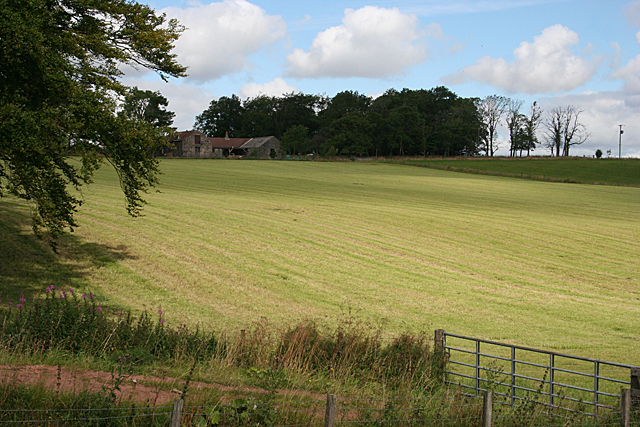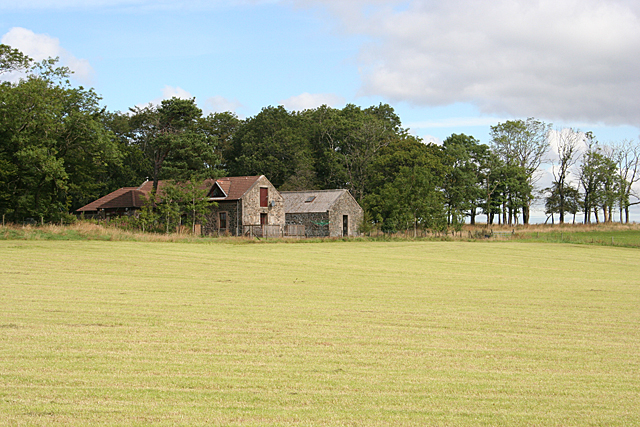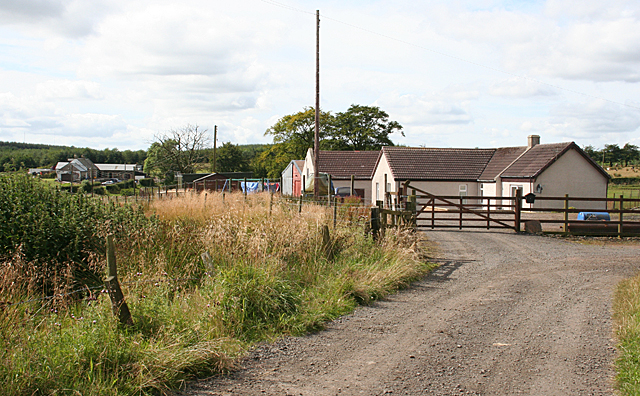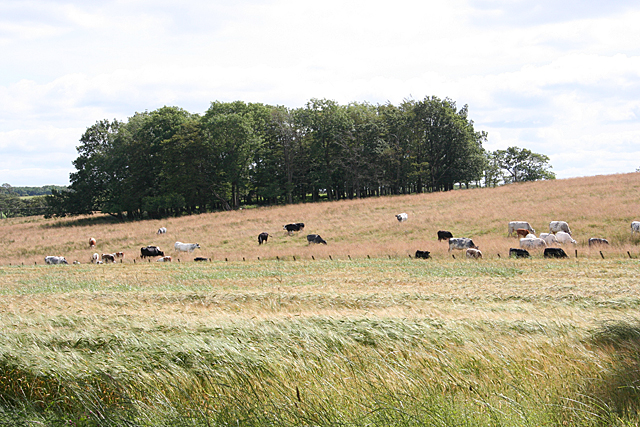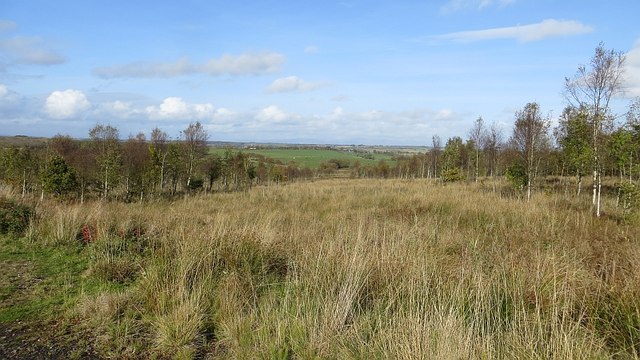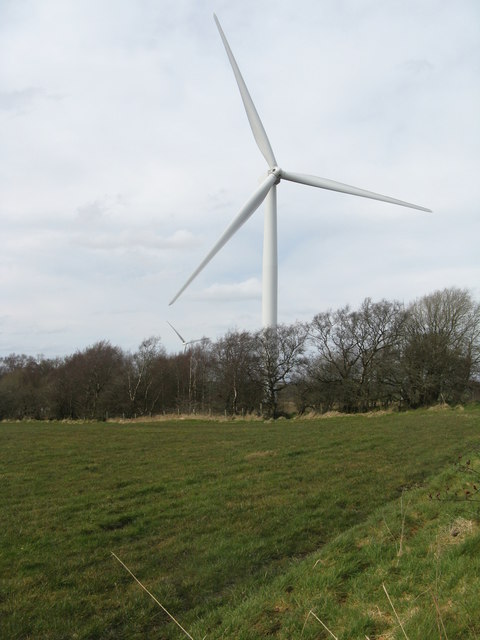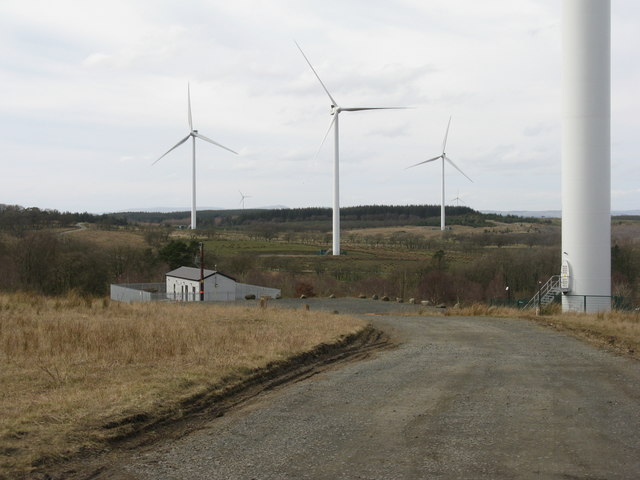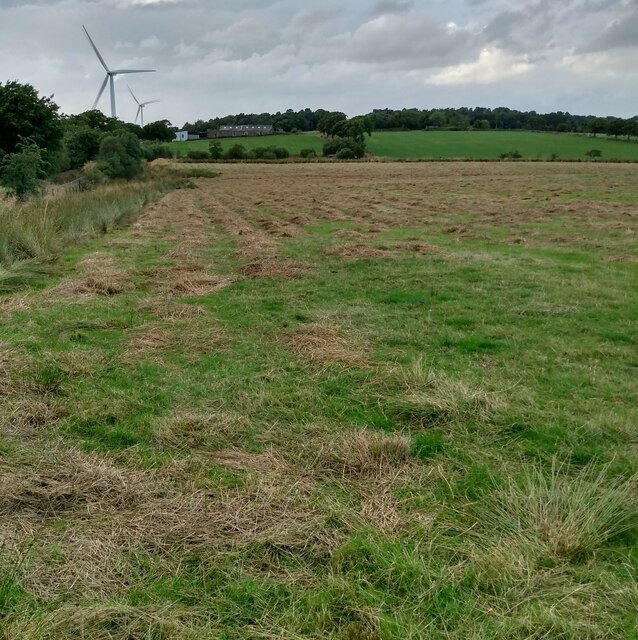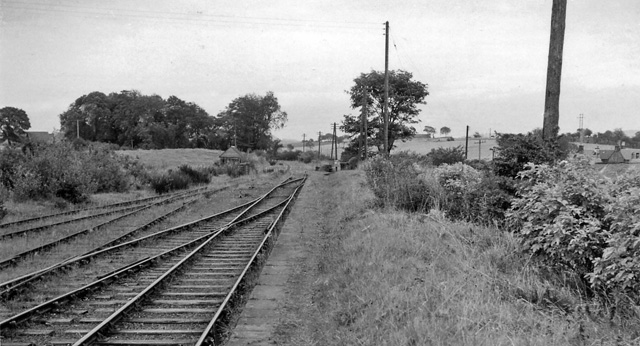North Rhodens Plantation
Wood, Forest in West Lothian
Scotland
North Rhodens Plantation

North Rhodens Plantation is a stunning woodland area located in West Lothian, Scotland. Situated in the heart of the region, this plantation is known for its picturesque landscapes and rich biodiversity. Covering an expansive area of woodland, it offers a serene escape for nature enthusiasts and outdoor lovers.
The plantation is characterized by its dense forest, consisting mainly of different species of rhododendrons, which give the area its name. These vibrant and colorful flowers bloom in abundance during the spring and early summer, creating a breathtaking sight for visitors. The plantation is also home to a wide variety of other native trees, including oak, birch, and beech, which further enhance the beauty of the landscape.
With well-maintained walking trails winding through the plantation, visitors can enjoy leisurely strolls or more adventurous hikes, immersing themselves in the natural beauty of the surroundings. The trails provide access to hidden gems within the plantation, such as tranquil ponds and small streams, adding to the peaceful ambiance of the area.
North Rhodens Plantation is a haven for wildlife, attracting a diverse range of species. Birdwatchers will be delighted to spot various species of birds, including woodpeckers, owls, and jays. The woodland also provides a habitat for mammals such as red squirrels and deer, making it an ideal spot for animal enthusiasts.
Overall, North Rhodens Plantation offers a captivating experience for those seeking tranquility and a connection with nature. Its stunning woodlands, blooming rhododendrons, and abundant wildlife make it a must-visit destination for anyone exploring the West Lothian region.
If you have any feedback on the listing, please let us know in the comments section below.
North Rhodens Plantation Images
Images are sourced within 2km of 55.914228/-3.7508518 or Grid Reference NS9070. Thanks to Geograph Open Source API. All images are credited.


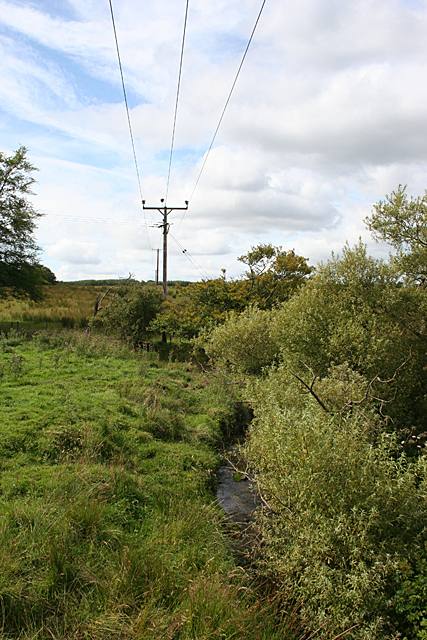
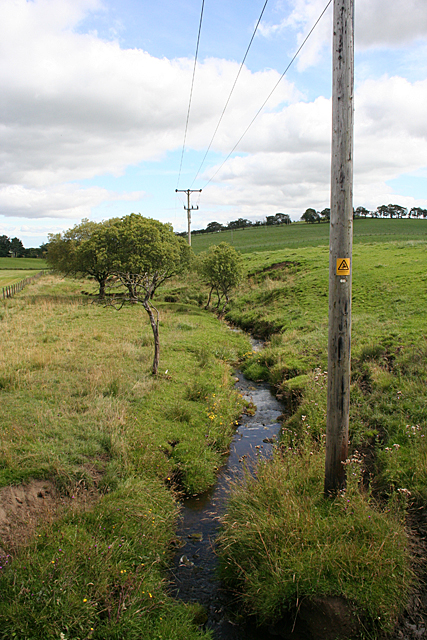
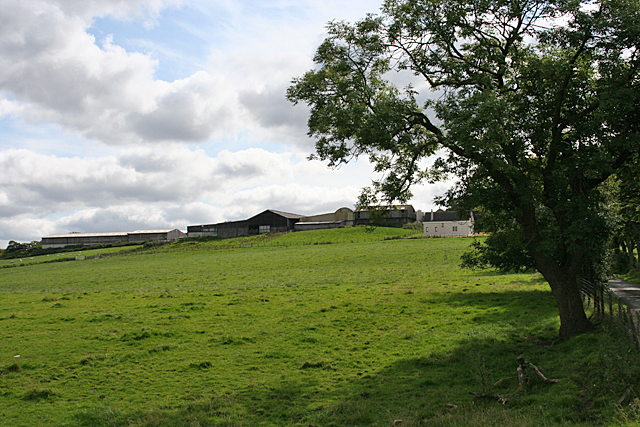
North Rhodens Plantation is located at Grid Ref: NS9070 (Lat: 55.914228, Lng: -3.7508518)
Unitary Authority: West Lothian
Police Authority: The Lothians and Scottish Borders
What 3 Words
///awoke.offline.recur. Near Blackridge, West Lothian
Nearby Locations
Related Wikis
Avonbridge
Avonbridge (Scottish Gaelic: Drochaid na h-Aibhne) is a small village which lies within the Falkirk council area of Scotland. The village is 4.8 miles...
Avonbridge railway station
Avonbridge railway station was a station on the Slamannan Railway. The line connected mines and villages in the Central Scotland. == History == Opened...
Blackston Junction railway station
Blackston Junction railway station served the area of Blackston, Falkirk, Scotland, from 1863 to 1963 on the Slamannan Railway. == History == The station...
Blawhorn Moss
Blawhorn Moss is a raised bog located to the northwest of the village of Blackridge, about 6 kilometres (3.7 mi) west of Armadale in the council area of...
Have you been to North Rhodens Plantation?
Leave your review of North Rhodens Plantation below (or comments, questions and feedback).

